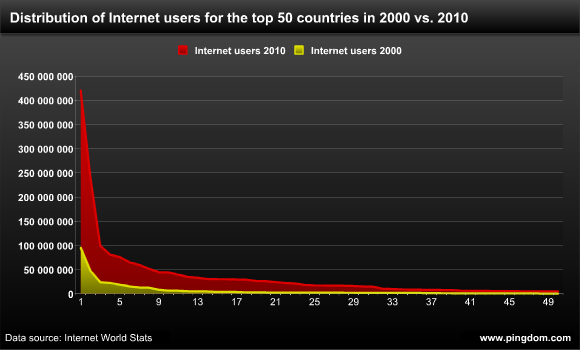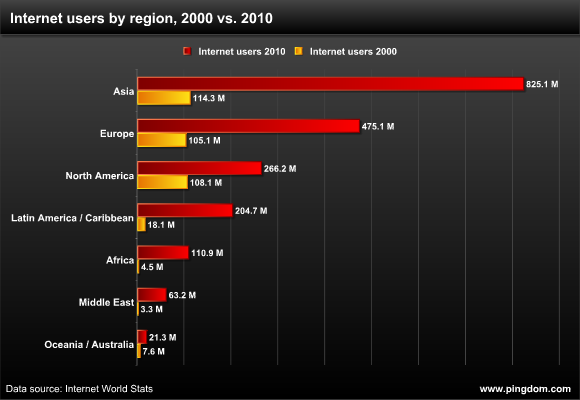Q1) How does the industry promote film to audiences using:
• Print Media?
• E-Media?
• Broadcast Media?
A) The first teaser for ‘Super 8’ was shown all the way back in 2010, a year before the actual release date in 2011. The trailer was shown with Iron Man 2, a long awaited sequel which itself was heavily marketed. http://www.empireonline.com/News/story.asp?nid=30081. Kyle Chandler who played Joes’ father appeared on the David Letterman talk show speaking about himself, amusing the host and audience, and also promoting the film. He begins promoting the film at ‘5:10’ where he says, “Super 8 is, your gona like this movie, comes out Friday 1st, it’s a good movie.”
Super 8 was heavily marketed on the internet on sites such as youtube, facebook and twitter, itunes, official websites and unofficially websites created by fans of Super 8. The official Super 8 Facebook page (http://www.facebook.com/Super8Movie) which has 575k fans, posts links of cast interviews, opportunities to buy Super 8 merchandise such as the soundtrack, tshirts and the DVD. This is also done on the twitter fanpage (https://twitter.com/Super8Movie) which has 16,500 followers and on the official website.
Print media is a now a declining media platform however is still very effective. ‘Super 8’ featured in Empire Magazine, The independent, The Times and the free magazine, the Metro; who have all done a review on Super 8 however Empire Magazine was the only UK magazine to do interviews with JJ Abrams, Spielberg and the cast of Super 8 as they won the rights for some sort of exclusivity, attracting users to subscribe to the premium magazine. Also the interviews and reviews are available online for free one the empire online website on many other websites.
Q2) Now look at each platform individually:
• What are they key issues and changes taking place in each platform?
• Print Media is not instant and free like E-Media
• TV is becoming less dictated by scheduling (Sky+), more and more specialist channels, competition from the likes of You Tube
• E-Media is hard to police (piracy); people are bombarded with information; social networking and increasing audience participation (user generated content).
A) Print media has been in a steady decline over the past 10 years. This is because the same content found in newspapers is found cheaply and quicker using e media or perhaps broadcast media, (although not as much). http://www.dailymail.co.uk/home/index.html. http://www.thesun.co.uk/sol/homepage/.
E Media has been on the increase in the past 10 years. This due to technological advances which have allowed us to take advantage of faster internet speeds. In 2001 the fastest internet available cost £39.99 and was at 512kb. This means that a full blu ray movie would take 2 years and 3 months to complete downloading, in 2011 that speed has increased meaning blu ray movies are faster to download taking almost 3 hours and 30/45 minutes on a fibre optic connection.
Broadcast media is also changing rapidly. People are no longer dictated by show scheduling. People are able to record their favourite shows in advance using recording satellite receiver boxes. Also over the past 2 years, catch up online sites have been created allowing audiences to catch up on any programs they might have missed. Sites like these include www.bbc.co.uk/iplayer and www.channel4.com/programmes/4od .
Q3) How is each platform responding and adapting to these issues and changes?
Focus on how they are adapting to:
• CHANGING TECHNOLOGIES
• CHANGING AUDIENCE BEHAVIOURS (all audiences, not just the young!)
A) The print media platform has attempted to adapt. The Daily Mail had attempted to follow a subscribe only system where you pay for a monthly subscription in return for exclusive news and also archived news. This was a major flop which caused Daily Mail to stop this subscription only system and allow reader to read for free. This then meant they would make money from advertising. They do still have a similar service running on Ipad which allows readers to pay for a subscription service in return for the daily mail app which is called MailOnline.
The E Media platform has also attempted to adapt to these changes. Internet is now becoming our main source of social interaction due to social networking sites. It is also the main way in which we input information. Rather ‘leaning back’ and allowing information to be fed to us through the force feeding tube known as the television, we are now able to take a’ lean forward’ looking for information that we want to see and having to skip past the things that do not interest us. By offering these catch up sites and online newspapers, we are able to find the media that we would like to digest. Audiences are now taking a much more active part in taking in information.
The broadcast media platform has not adapted fully in my opinion. Whats happening is that channels are filling scheduling time with repeats of previous programs, something which is no longer a commodity and is easily accessible via e media. Also, more and more channels seem to have a +1 addition allowing audiences to catch up however audiences can now catch up when they feel they have the time to do so.



No comments:
Post a Comment